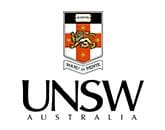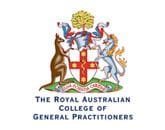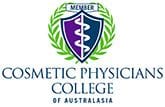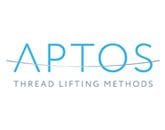Thread Lifting in Facial Rejuvenation
)
Thread lifting is a cosmetic procedure that uses biocompatible threads to lift and reposition sagging facial tissues. This minimally invasive technique can help address mild to moderate skin laxity without the need for surgery, providing patients with a subtle lift and tightening effect.
The provider inserts dissolvable threads under the skin during the procedure using a fine needle or cannula. These threads have tiny hooks that anchor them in place and allow the provider to lift and reposition the underlying tissues. The threads stimulate collagen production, which helps improve skin elasticity and firmness over time.
Thread lifting can be used to lift and rejuvenate various areas of the face, including the midface, jawline, eyebrows, and neck. It is especially effective in addressing sagging cheeks, deep nasolabial folds, jowls, and mild to moderate drooping of facial contours.
One of the benefits of thread lifting is that it provides immediate lift and tightening effects due to the physical support of the threads. Collagen production is stimulated over the following weeks to months, further improving skin quality and firmness. Results are natural-looking and can last anywhere from 1 to 2 years, depending on the type of threads used and individual factors.
Compared to traditional surgical facelift procedures, thread lifting offers several advantages, including minimal downtime, less risk of complications, and the ability to achieve gradual, natural-looking results. It is suitable for individuals seeking subtle facial rejuvenation with a less invasive approach.
While thread lifting is generally considered low-risk when performed by a trained and experienced provider, common side effects may include temporary swelling, bruising, or mild discomfort at the insertion site. Uncommon complications such as thread migration, infection, or visible irregularities can occur, emphasising the importance of choosing a qualified practitioner for treatment.
Ideal candidates for thread lifting are typically those in their 30s to 60s who have mild to moderate skin laxity and are seeking improvement in facial contours without undergoing surgery. Patients with significant skin sagging or those with unrealistic expectations may not achieve optimal results with thread lifting and may be better suited for surgical interventions.
In conclusion, thread lifting is a safe and effective technique for facial rejuvenation. It can provide natural-looking results with minimal downtime and risks. Patients should consult with a qualified practitioner to determine the most suitable treatment approach based on their individual concerns and goals.
) Author:Dr Hugo Ho
Author:Dr Hugo Ho







